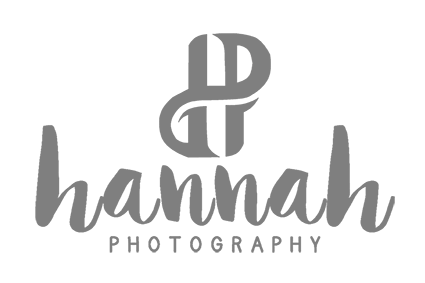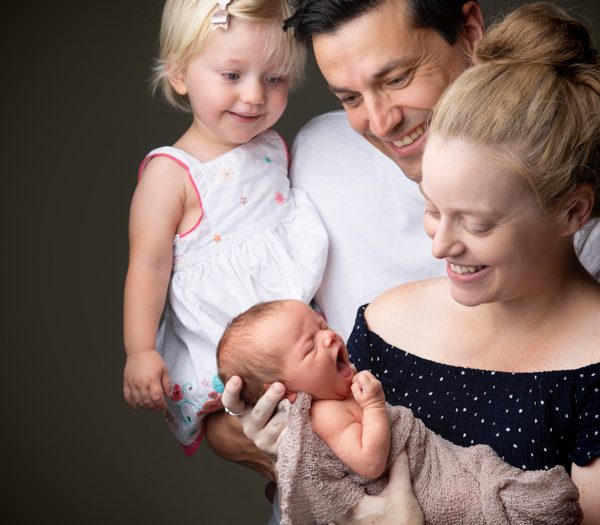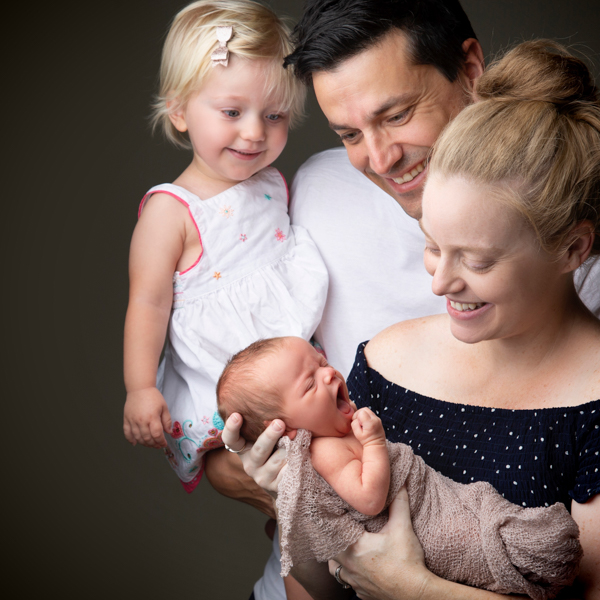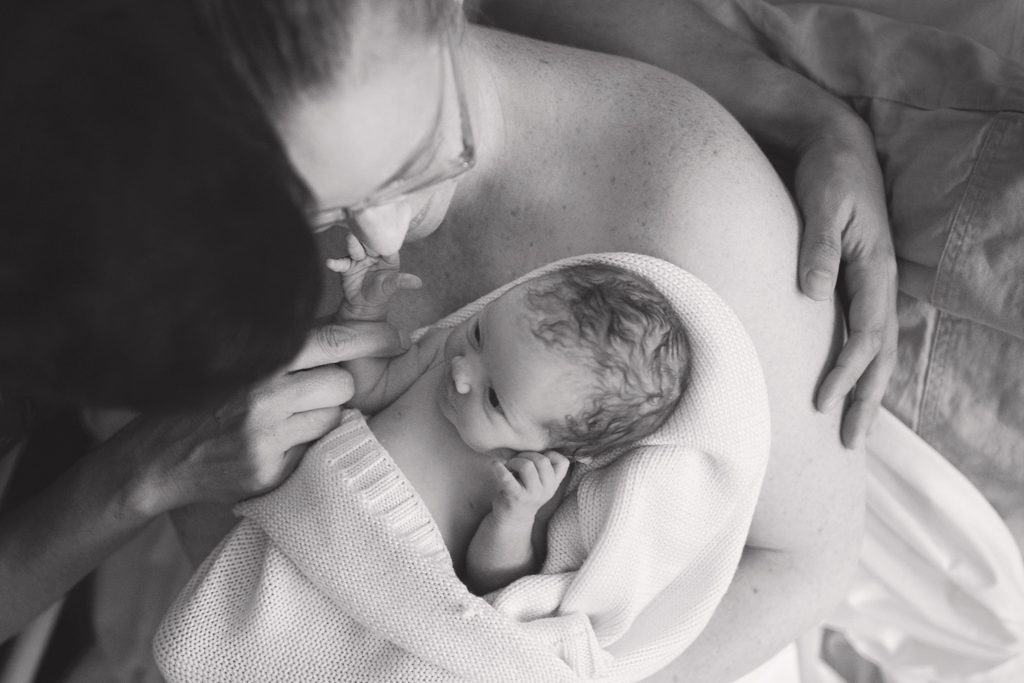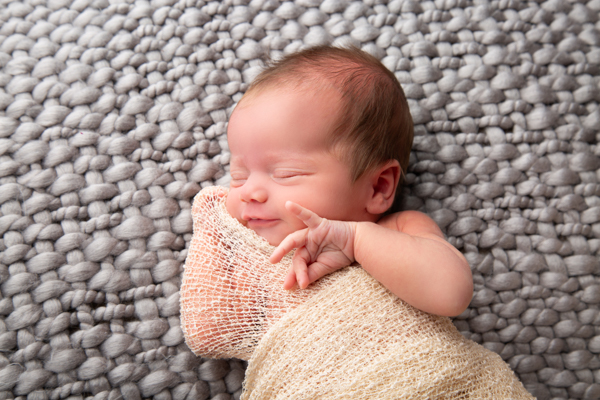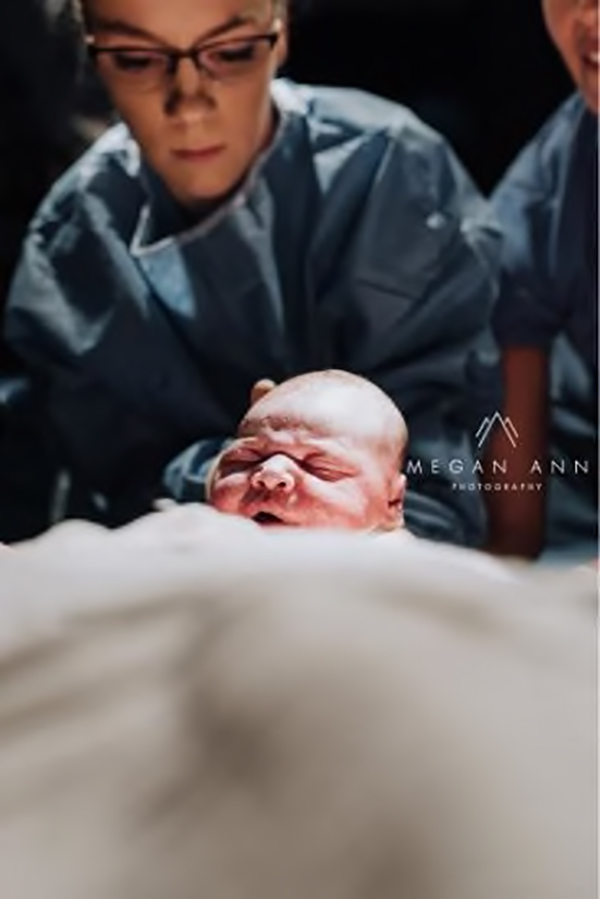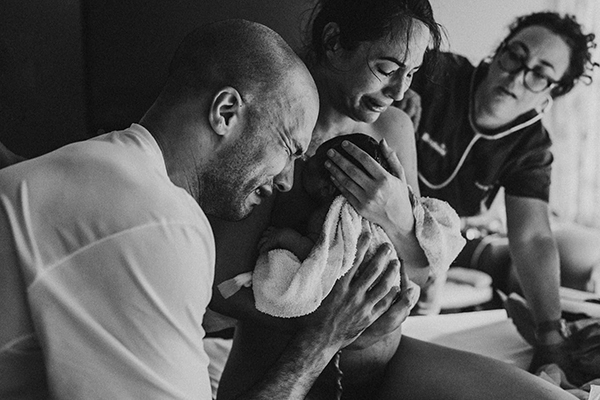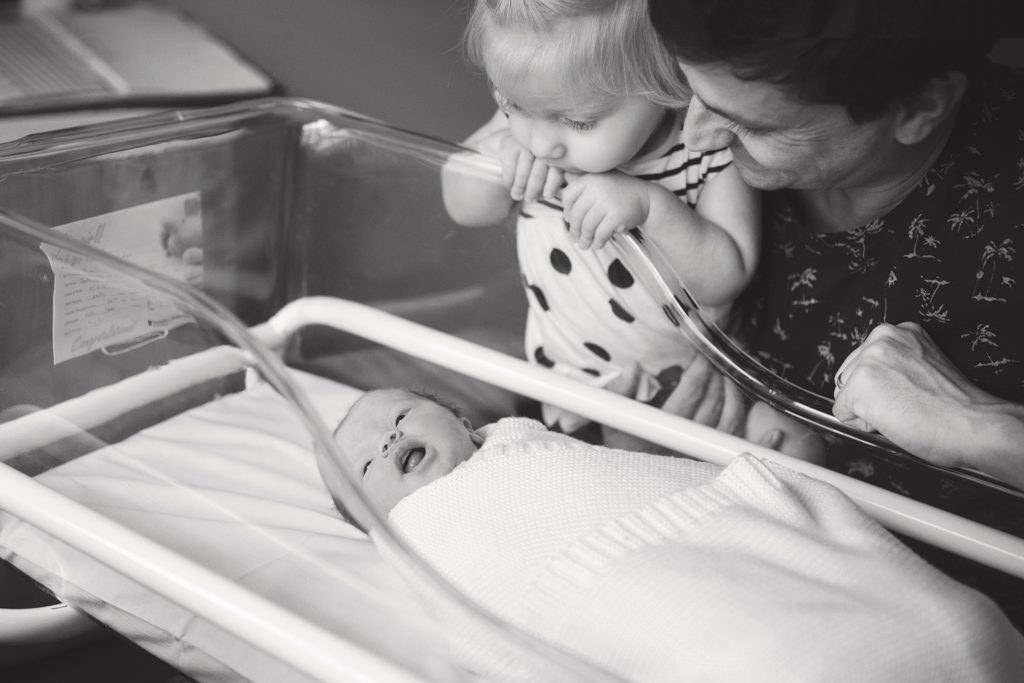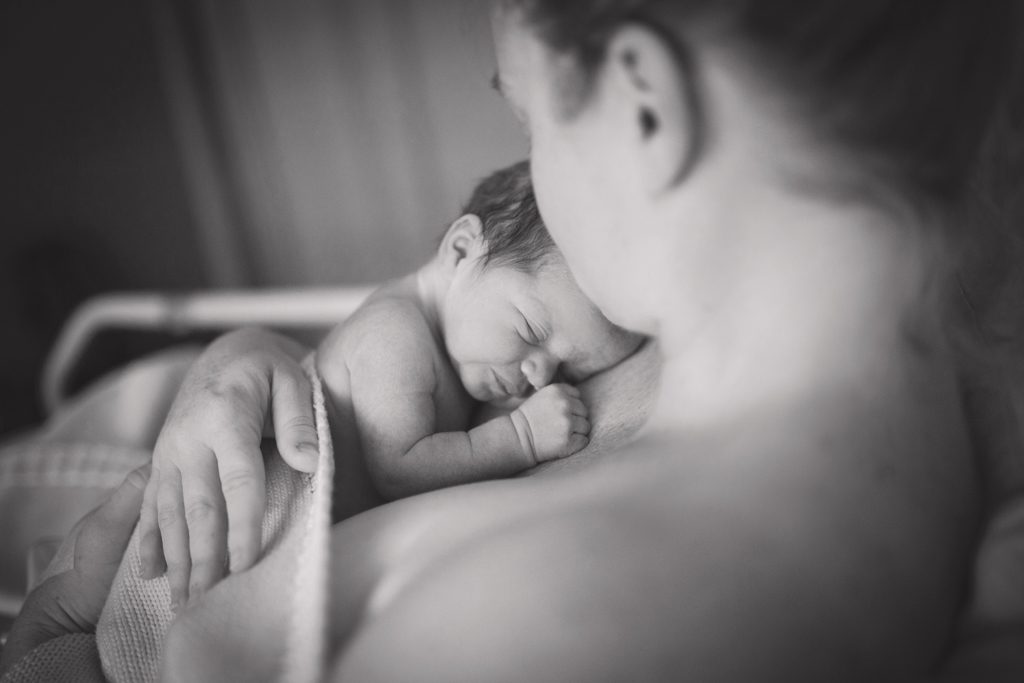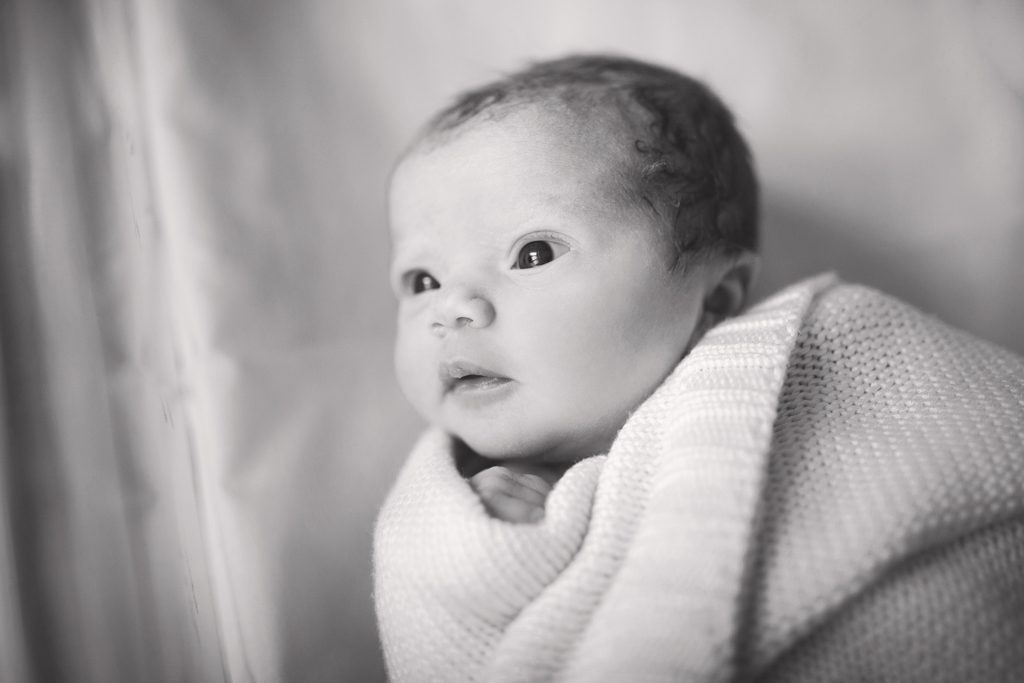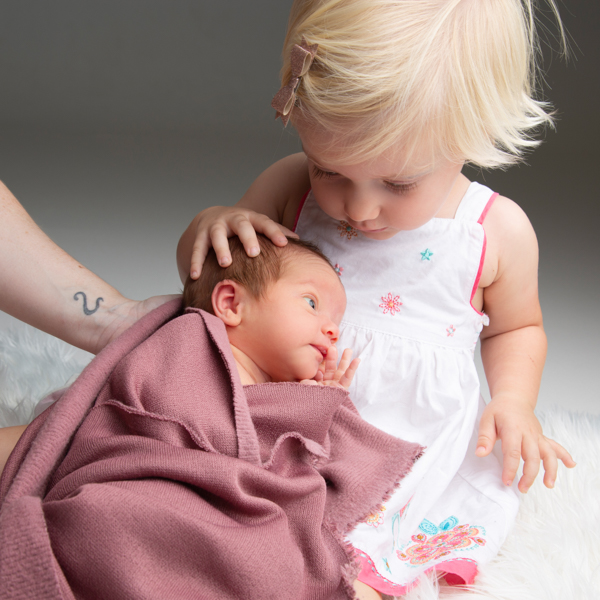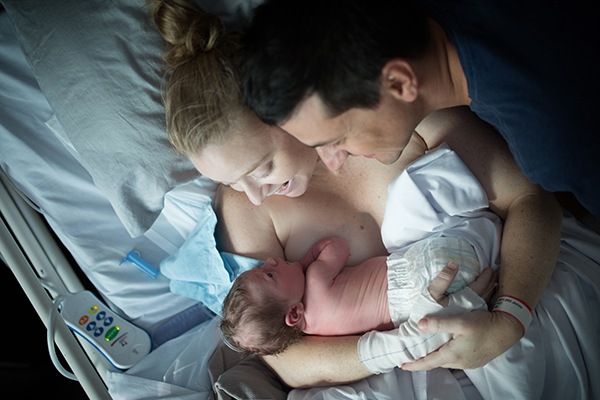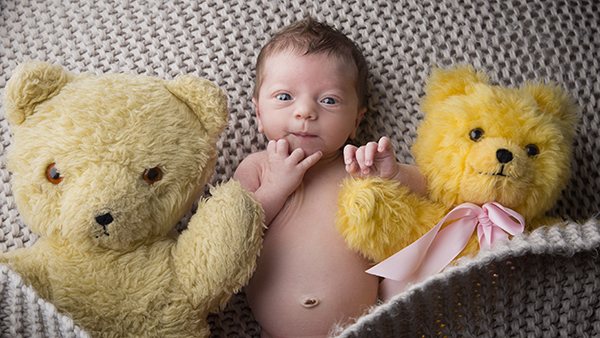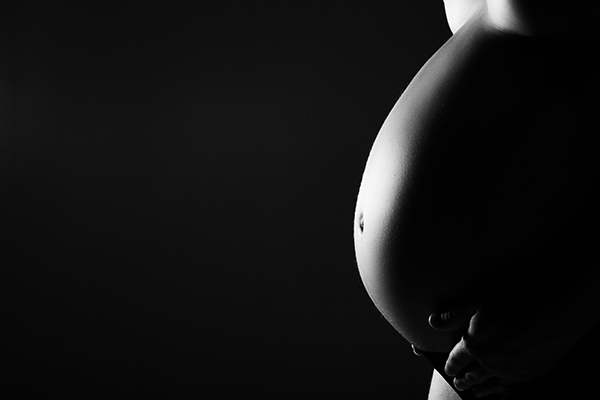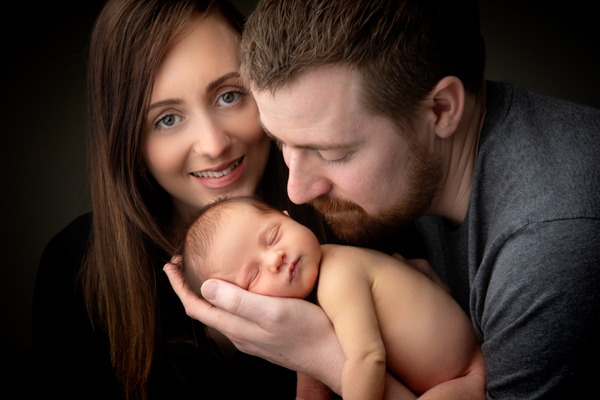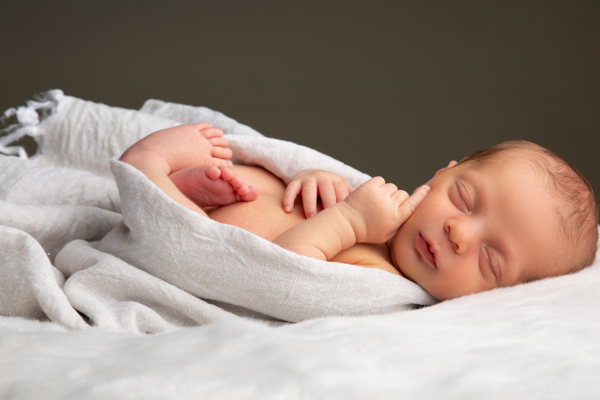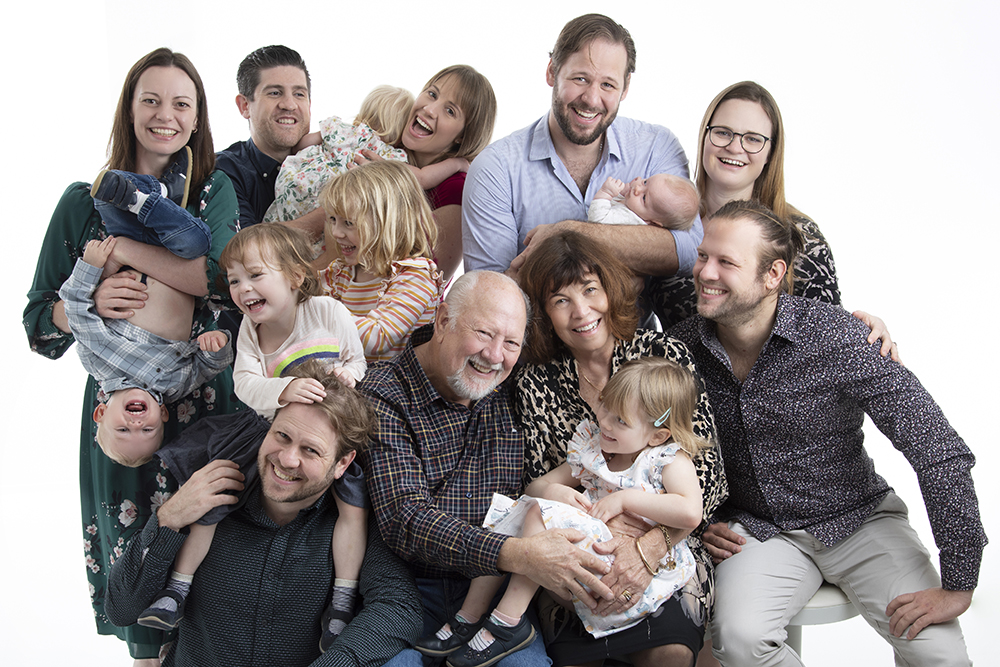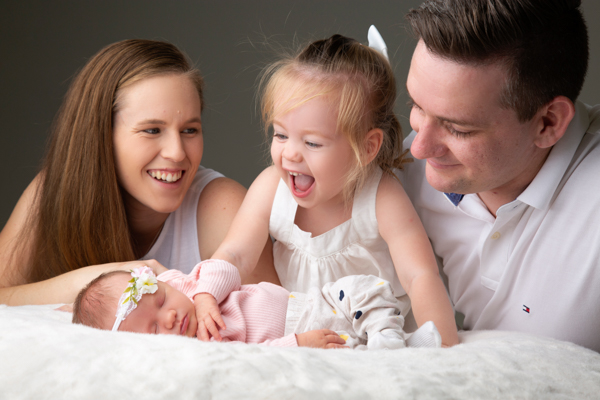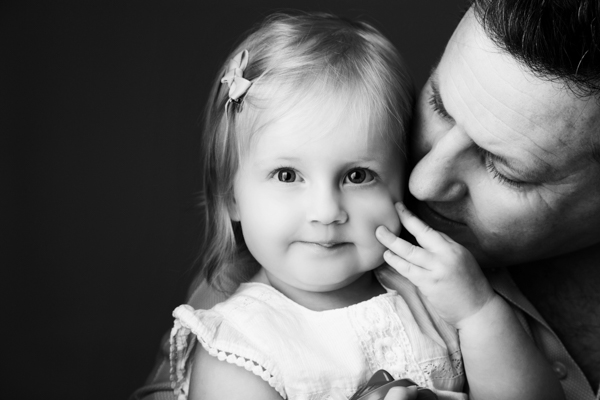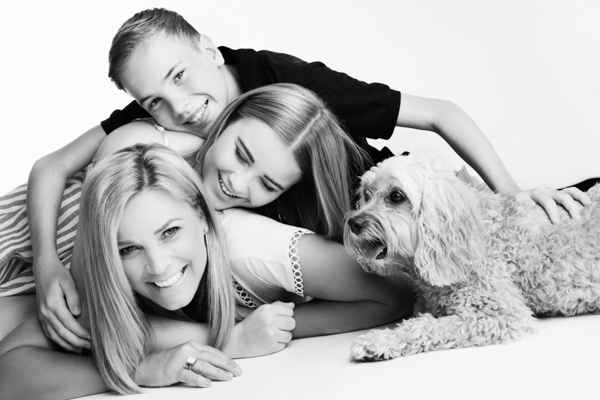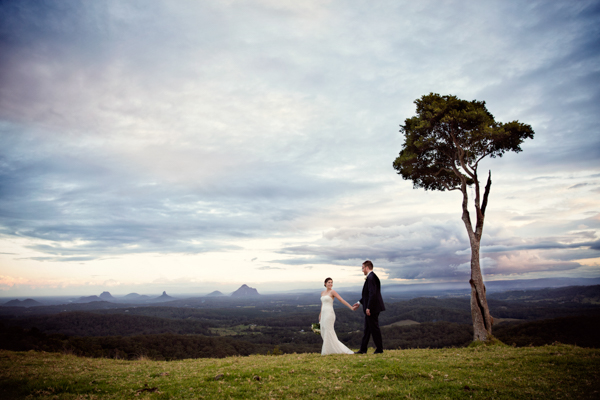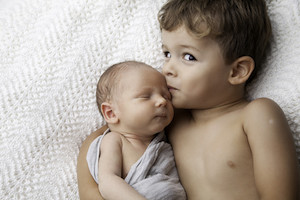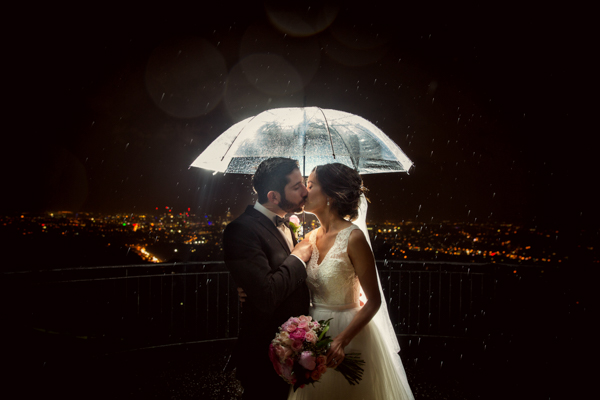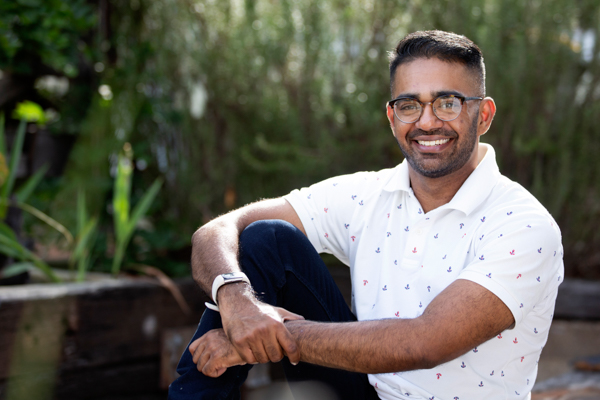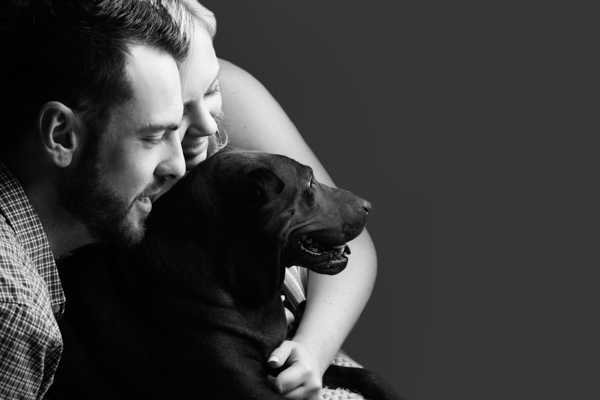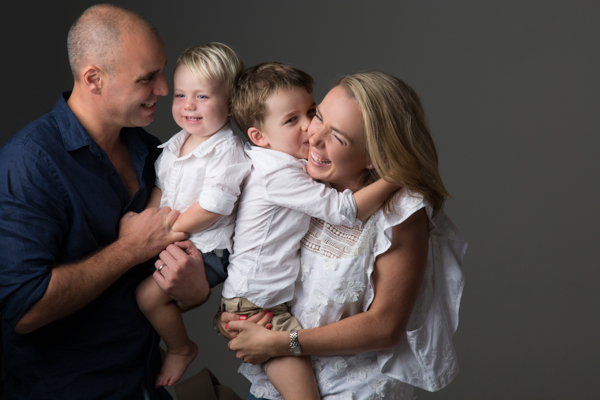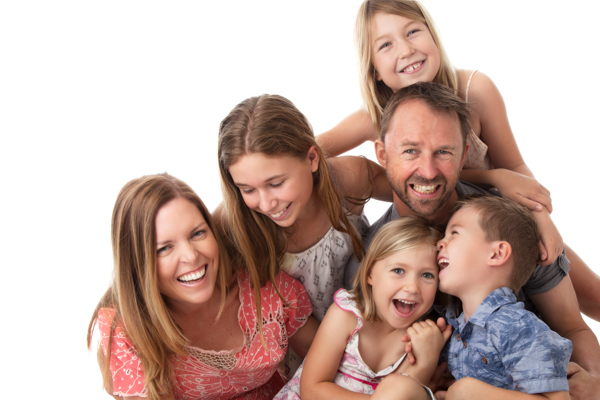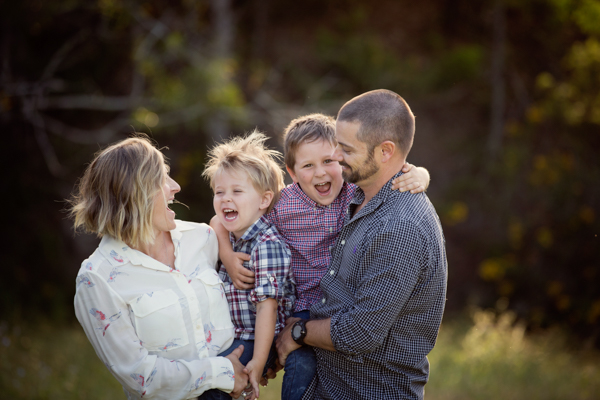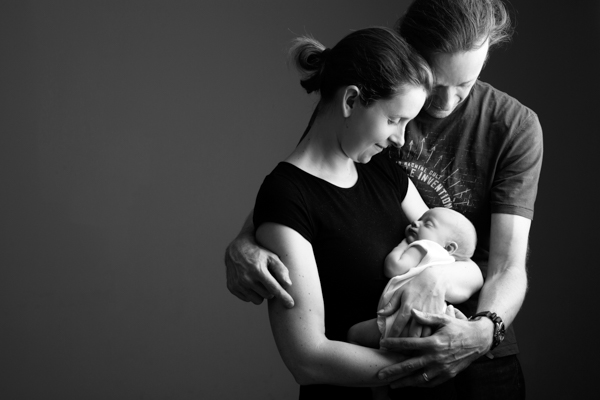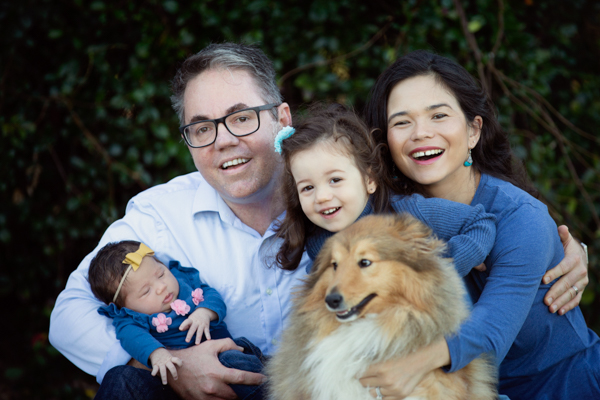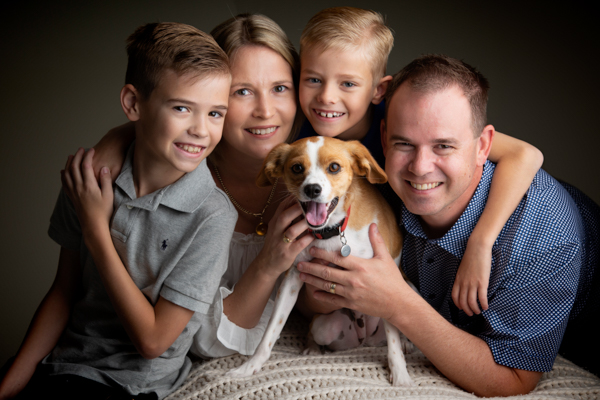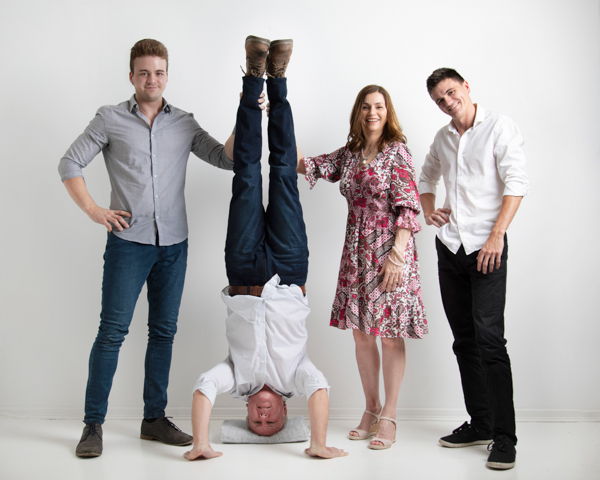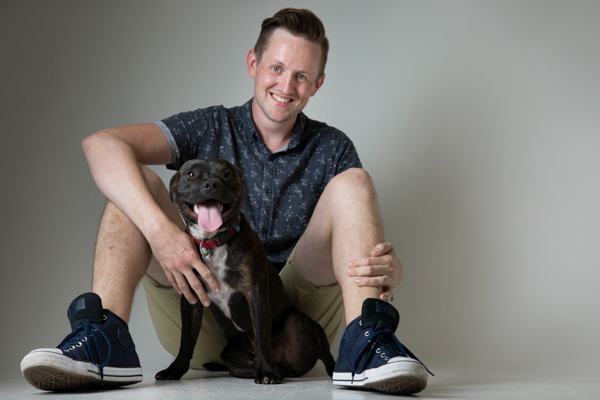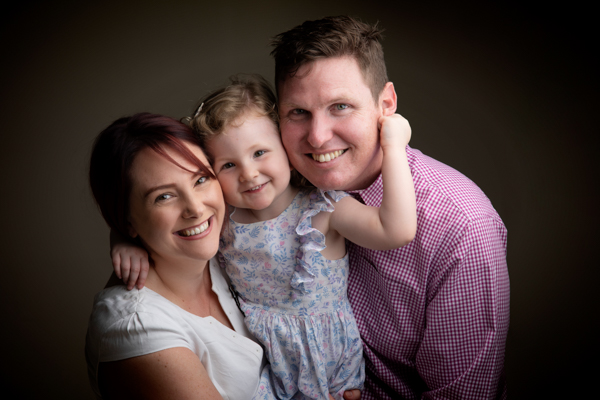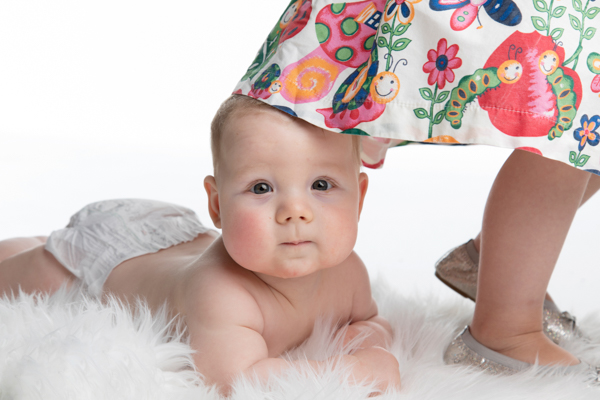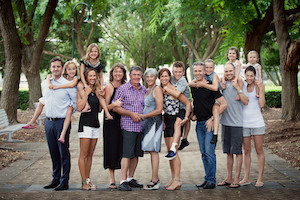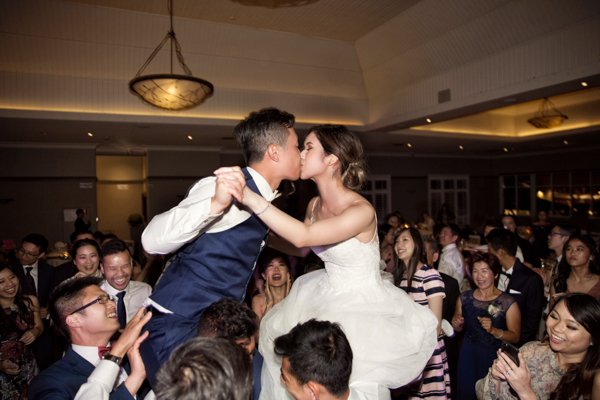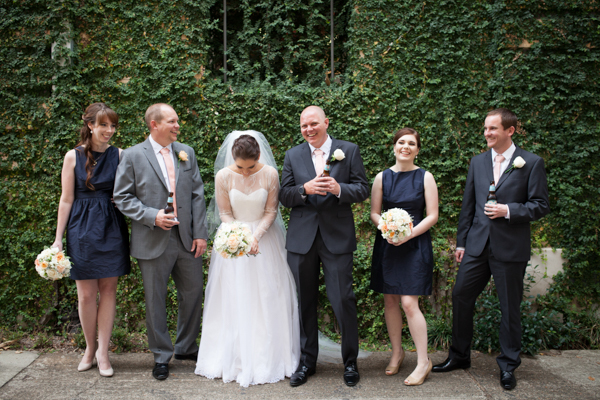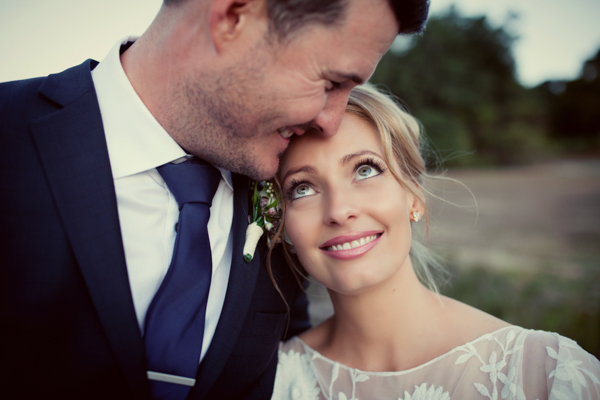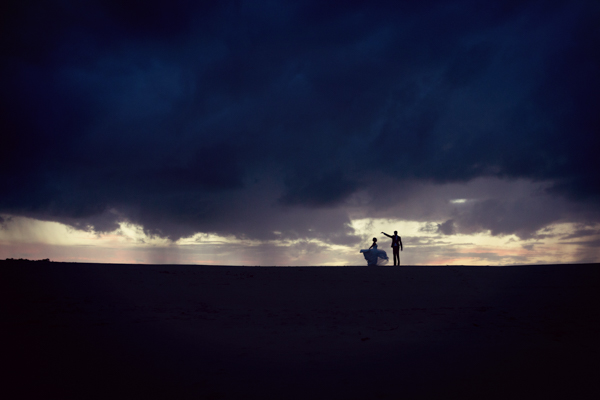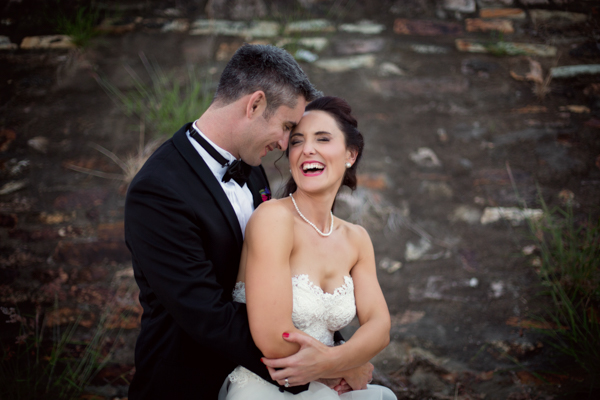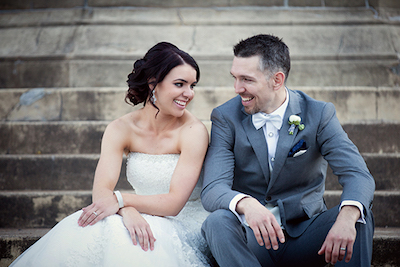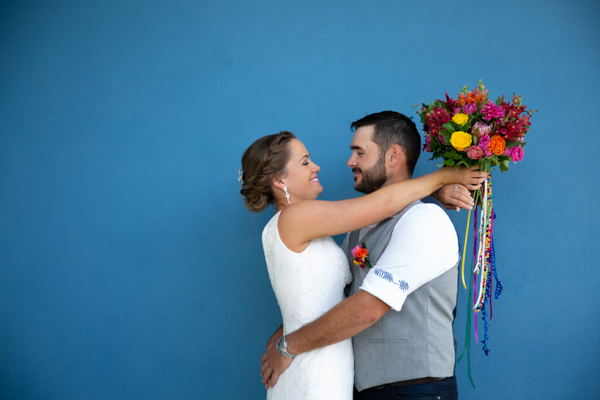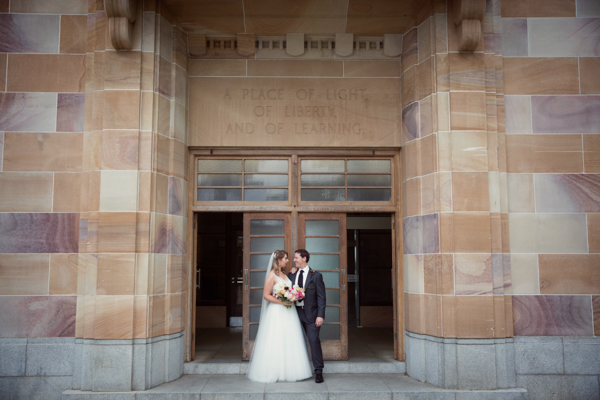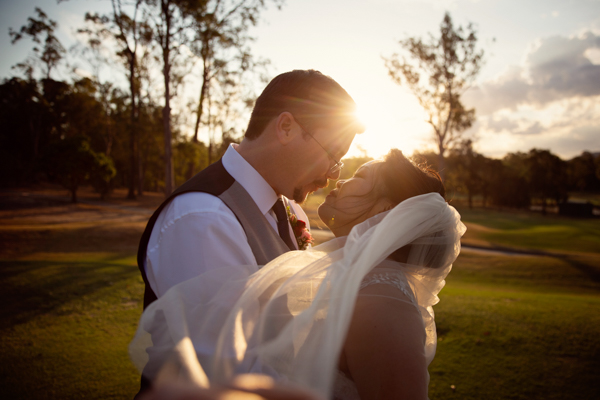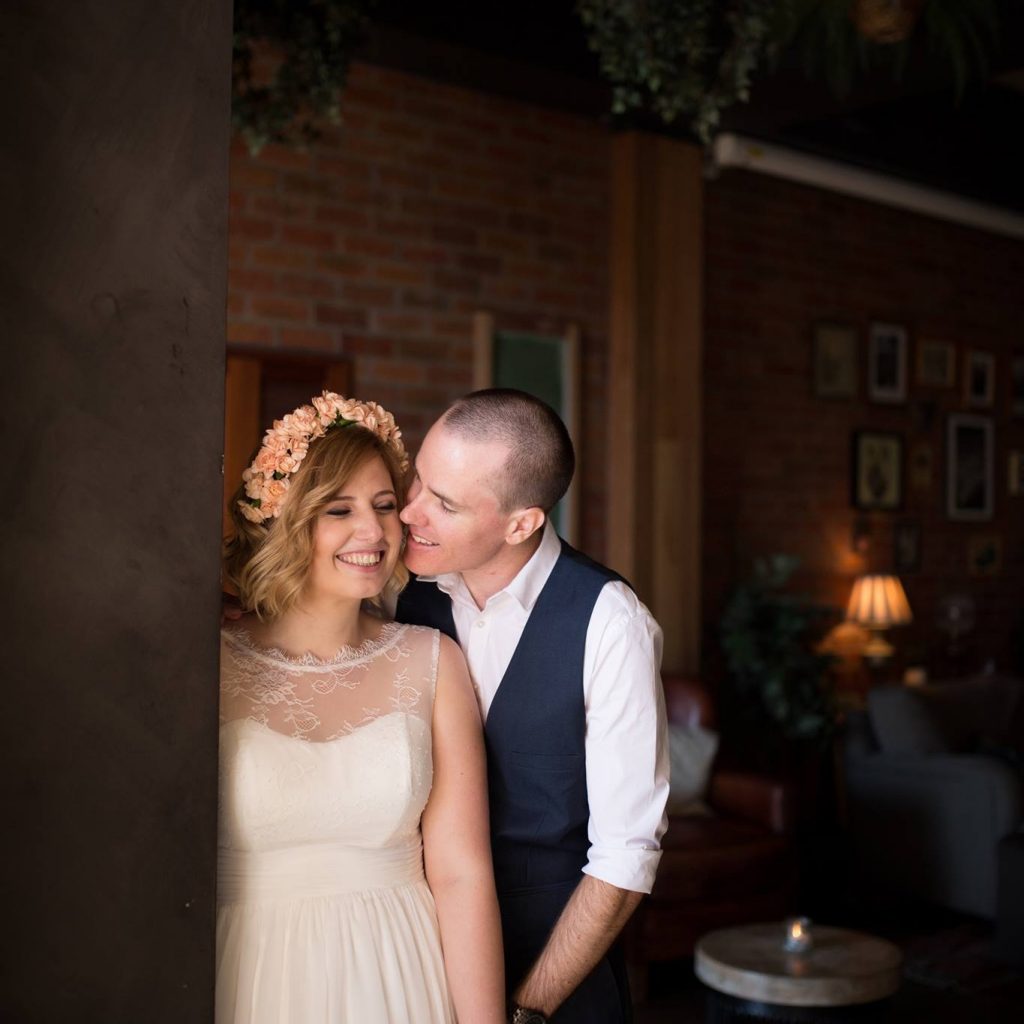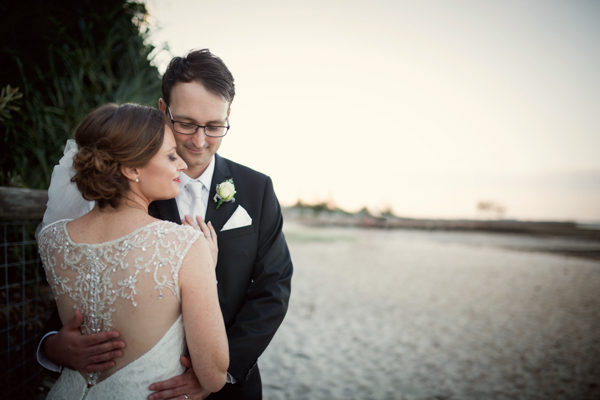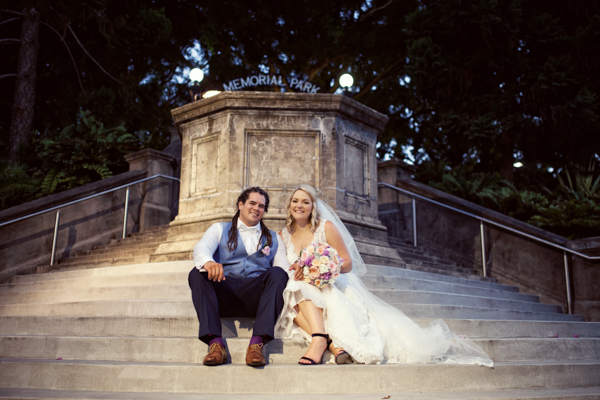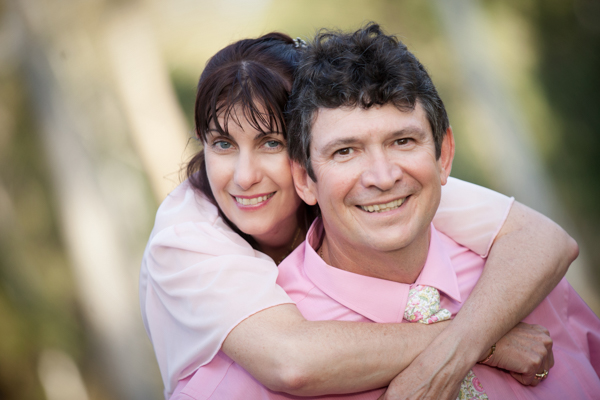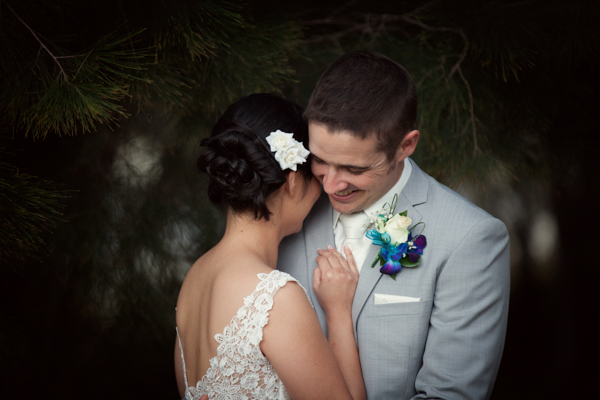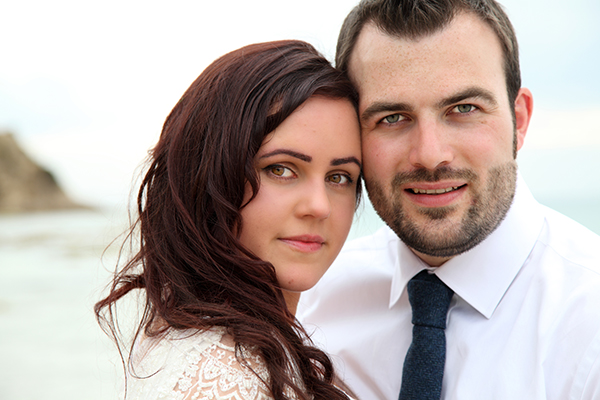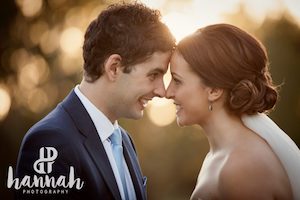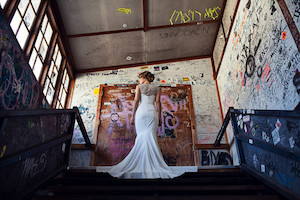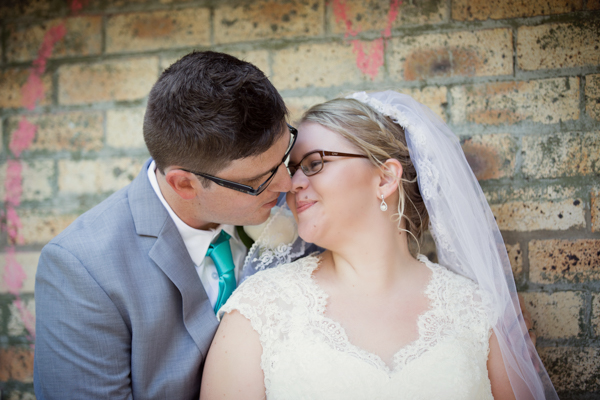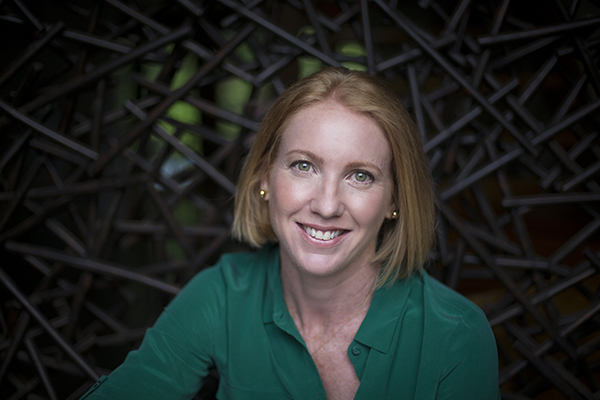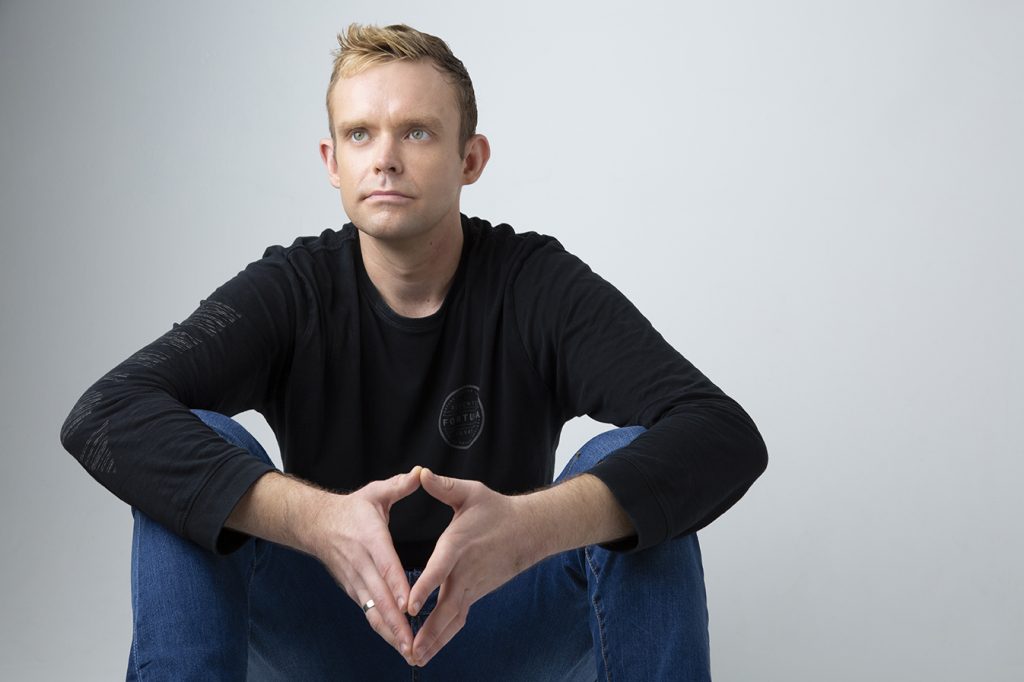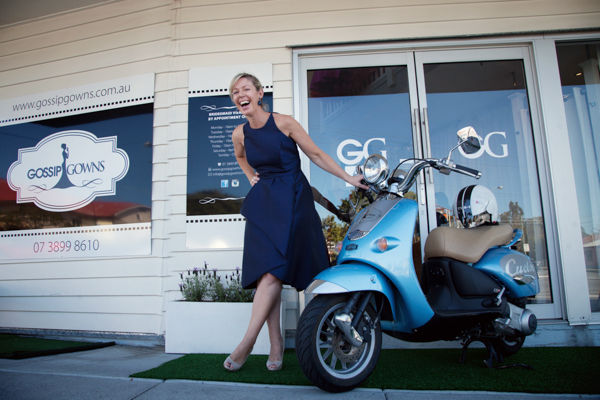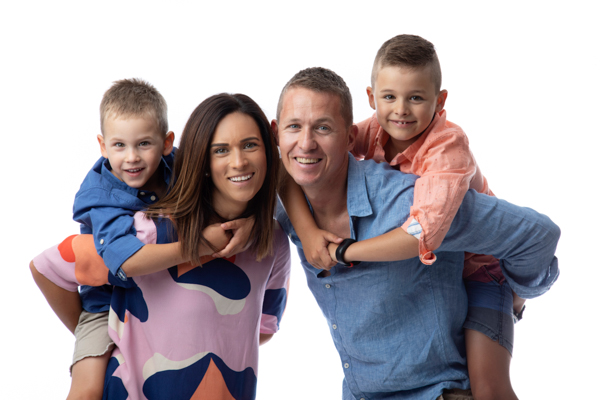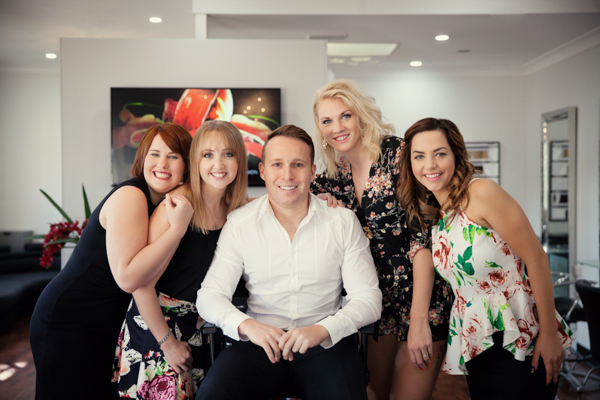Workshop Wednesdays Vol.XXIX
Workshop Wednesdays vol. XXIX
Birth photography has come a long way in the last decade and is surely one of the most raw and emotional forms of photojournalism. Admittedly it is an artform and an experience I am yet to witness first hand (on either side of the camera!)… However, after visiting the hospital last week to welcome a dear friend’s baby girl into the world, only hours after her arrival, I thought I might be ready to start exploring this unfamiliar territory…
HP Tip 1
OK – obviously all the tips in this blog will be outsourced to the many professionals that are experienced in this field. I am the first to admit, I wouldn’t know where to start! The one thing I can suggest with the few times I have had the privilege of photographing a family in their hospital room just after birth, is that as long as you have window light and a very wide aperture, you will be able to create beautiful photos in the room. And maybe even more important than lighting in this instance, is to be sensitive to the situation and environment and remember the enormity of the moment you are witnessing.
Random Fact
“The first digital camera only had 0.01 megapixel, weighed 8 pounds (3.6 kg) and takes 23 seconds to record a picture on a cassette tape.” (in contrast – Bronte was only 2.6kg at birth!)
In The News
Catania, Italy
Chefs assemble at the Bellini theatre for a celebration of the culture of food and wine
Photograph: Fabrizio Villa/Getty Images
Photo For Thought
Megan Ann | My Son’s First Breath | 2019
Megan knew from the moment she found out she was pregnant she wanted to be the one to capture that magical moment. “I wanted only one photo and that was the one of my son’s first breath,” Megan told Kidspot. “I didn’t want it from someone else’s perspective. I wanted that photo from my perspective. The first time I see my son’s face, the first time I meet him. I never wanted to forget that moment.” Despite forward planning throughout her pregnancy, and a plan for her husband, Ryan, to hand her the camera when the moment came, it almost didn’t happen. Megan had an epidural but it wasn’t 100 percent effective so she was in a lot of pain. She set the camera between contractions and asked the doctors to turn the room lights off and turn on the spot lights above the bed for better lighting. “I looked at my husband and said ‘I don’t know I can do this, it hurts too much’,” she said. But knowing she would regret missing the one photo she had been thinking about since she first fell pregnant, Megan managed to push through and the result is the most amazing series of images that tell the beautiful story of baby Easton’s entrance into the world. “At that moment the doctor told me I had one more push left until I met my child. I then grabbed the camera from my husband and tucked my chin to chest and looked through the viewfinder as I pushed as hard as I could. Through the viewfinder I saw my son’s top of his head, then his whole head and then his whole body … all while snapping photos. It was magical and something I will never forget and now with the help of the photos will be able to relive that day over and over again,” Megan said. In fact, Megan would happily do it all again when (and if) the time comes: “If we ever have a second child and I also have a healthy pregnancy I will certainly be doing it again.”
Amazing Megan! I would love to think that I might try the same one day!
Iconic Photographer:
REBECCA COURSEY-RUGH
“My name is Rebecca and I am a birth and documentary photographer living in California. I am also a mother and a doula. When I was little, shaped by the Colorado mountains I ran free in, I dreamed of being able to craft tales about the way I saw the world around me; of illustrating lives, and etching words into stone. Today, my life is sculpted by this dream, made full by both the mother and the photographer in me. I now live in Los Angeles with my merry brood, exploring the mountains of the human heart. I am deeply devoted to my craft, to mothering, to life, and to art. I love figuring out how things work. I love getting messy. I love a good tale as much as I love photography that is authentic and real. And down in my bones, in the heart of my being, I love weaving all of these things together. In my work, I strive to capture the elements of life I believe in: love, simplicity, intention, and the extraordinary in the everyday. Raised in Colorado, educated in the Humanities and Art, I now live in Los Angeles with my merry brood: close to the sun, the 10, soverymanyhumans, the waves and the wind.”
We have chosen to showcase Rebecca as our iconic photographer this week due to this beautiful photograph below that won second prize in the Birth Photography Awards, 2018. The first prize was featured in our previous WW. I just love the tenderness and support show in this portrait.
https://www.awonderedlife.com/about
Tip 2
“Something important to bear in mind if you’re a photographer who is aspiring to be a birth photographer is this: just because you’re a photographer, it doesn’t always mean you’ll make a great birth photographer. Doula, Melanie Fogarty, says: “They need to have the right energy I believe – not just think that because they are a photographer they have the right energy to do birth photography. I don’t like ‘spectators’ who want to come along to birth because they think it’s ‘fun’ – they usually don’t know how to respect a woman’s birthing space. They need to respect that it is not about them at all – yes the woman had hired them to take photos – but she should not be disturbed in any way by a photographer.” While women may not remember exactly what went on at their birth, they will always remember how they felt. The people who are present at a birth will impact the energy of a room and how a birthing mother felt. It is CRUCIAL that if you want to do birth photography, you understand some basics about the physiology of a woman in labour.”
Inspiration
Please check out the following links for some of the most amazing birth photography… It makes me excited and scared all at the same time!
Above photo by: BRITTANY GILBERT – WWW.BRITTANYGILBERTDESIGN.COM
LOOKS LIKE FILM (THIS ONE IS MY FAVOURITE!)
Tip 3
“First things first, the idea that “it’s not the gear you have, it’s how you use it,” well, that idea doesn’t apply to low-light photography. If you want to take brilliant birth photos in the dark, then you need top of the line gear. You absolutely must be shooting on a full frame camera with a lens that can shoot at a low aperture. If you are shooting on entry level gear, your photos WILL be blurry and littered with grain, or worst case scenario you won’t even be able to focus your camera and will miss a moment all together because your camera sensor won’t have enough light to find your subject. If you want to shoot births, you must have professional gear and be prepared to shoot it in next-to-no-light.
Second, practice makes perfect, but don’t practice with actual births. A birth happens once in a lifetime, you must know how to use your gear before advertising to photograph births. You should be able to change your settings in a moments notice so you don’t miss a shot. Practice at home, at night with only a few candles lit in your bedroom. You should be able to capture crisp images with a moving subject.
Third, let’s talk settings. I push my camera to it’s limits. When the lights go out, I crank my ISO up. I’m comfortable shooting as high as 12,800. Yes, there will be a lot of grain (which I choose to embrace) but this can also be improved in post-production when editing in Lightroom or Photoshop.
I also have no problem pushing my lens to it’s limits and will shoot with apertures at 1.4 if I absolutely need to. I prefer to keep my aperture around 2.8 for most scenarios, but in low light, I don’t mind shooting wide open.
Fourth, it’s just common sense, but you must have a steady hand when you push down that shutter button. Since I stretch my shutter speeds to low levels, it’s important that I have a very steady hand. I will often brace my camera with my elbows in against my body to give extra stabilization. Camera shake can easily ruin a photo when you are shooting with such delicate settings. So make sure to focus on the exact spot you are intending to (there is less forgiveness at these settings) and hold still while the shutter takes 2 shots– the first one might be blurry, but the second one will be perfect. “
Story of the Week
Our story of the week has actually inspired the entire blog (you may have noticed!)…
Ben and I were roomies back at JCU in 2002-2004 and he has always acted as a protective big brother for me. Needless to say, when he met the love of his life and had an incredible wedding up at Airlie Beach, I was a very proud “little sister”!
Two years ago, Ben and Jemma welcomed their first baby girl into the world and their lives were uplifted and changed for ever. They will be the first to admit that it was a tough first year, but as a close friend, I couldn’t be more amazed and proud of their incredible journey.
A happy little surprise was announced 6 months ago with the expected arrival of a baby sister for Evie! Bronte arrived safely into the world last week and I was very lucky to once again visit the hospital only a few hours after Bronte’s grand entrance into the world and capture a few special moments on such an iconic day.
It has been so wonderful to witness this beautiful family on some of their most important milestones and I can’t wait to see what adventures are ahead. I’m sure this year will be amazing and Auntie Han is here to help anytime!! Lot of love xx
Thank you for continuing the journey with us! We hope to see you all very soon 🙂
Best wishes from
Hannah and Olivia (and Nic and Charlie)…

